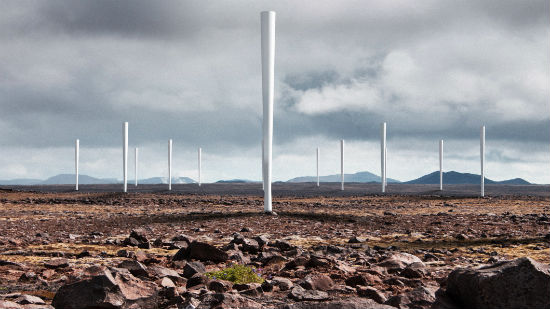Wind is an essential part of the global renewable energy landscape and in the foreseeable future, the reliance on it is anticipated to increase. Currently, turbines are the most commonly used machines to convert wind energy into electrical energy with the movement of the blades fuelling an electricity generator. However, the top-heavy nature of conventional wind turbines requires high-quality components to avoid structural damage. This factor increases the cost of constructing the whole system. On the other hand, with the recent innovation of bladeless wind turbines, the risk of structural damage to the system can be reduced significantly. Bladeless wind turbines do not include rotating blades and are designed in such a way that they stand erect and oscillate in response to the vortices. The reduced weight of these turbines is acting as a primary driver of the global bladeless wind turbines market.
The report offers insights into the drivers, restraints, and opportunities impacting the growth of the market. It calculates the competitive landscape of the market using analytical tools such as market attractiveness analysis and Porter’s five force analysis. It presents a holistic perspective of the market’s growth across various regions and product type in terms of revenue as well as volume.
Read Report Overview @
Overview of the Global Bladeless Wind Turbines Market
Bladeless wind turbines contain only a few moving parts. They not only help in eliminating noise but also don’t pose a threat to birds. This makes them more advanced than their earlier counterparts. Moreover, the lower cost of manufacturing and maintenance of these turbines is contributing to an increase in their demand. In addition to lower costs, these turbines do not suffer large drop in power. As a result, more bladeless wind turbines can be installed per unit area than conventional wind turbines. These factors, collectively, are propelling the growth of the global bladeless wind turbines market.
On the flip side, bladeless wind turbines, being at a nascent stage, are less efficient in the conversion of captured wind power into electrical energy, thus limiting their implementation on a large scale. However, the manufacturing of bladeless wind turbines using advanced technology and enhanced materials is likely to boost the demand for these turbines in the forthcoming years.
At present, the global bladeless wind turbine market is being propelled by the efforts of a Spanish company, Vortex Bladeless, which has innovated a contemporary design of bladeless turbines. With intensive ongoing research and product enhancements, more companies are expected to enter the market.
On the basis of region, the global bladeless wind turbines market is categorized into Western Europe, Eastern Europe, Asia Pacific, Latin America, North America, and the Middle East and Africa. The adoption of bladeless wind turbines is expected to pick up speed in Western Europe owing to presence of favorable environmental conditions and availability of advanced technology. Asia Pacific is estimated to flourish due to increasing government initiatives for promoting wind energy.

